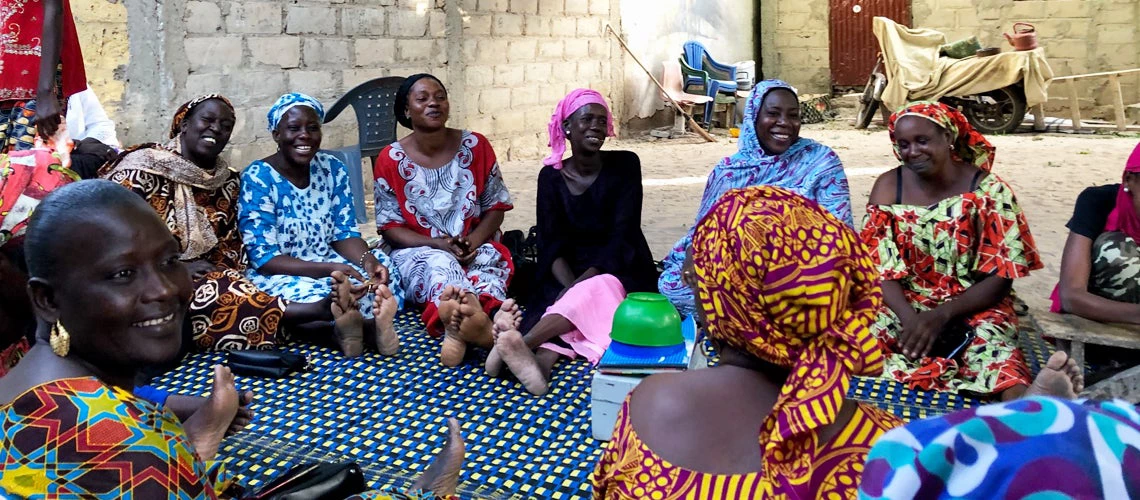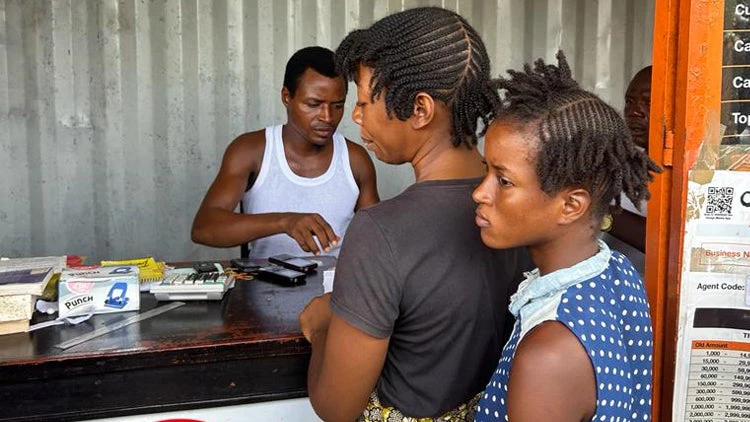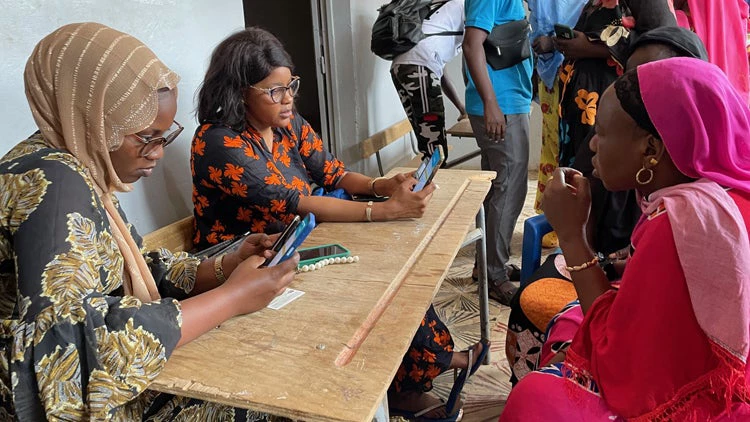 Boosting opportunities for the most vulnerable: the Productive Social Safety Net toolbox for Africa
Boosting opportunities for the most vulnerable: the Productive Social Safety Net toolbox for Africa
Africa is not on track to achieve the Sustainable Development Goal of eradicating extreme poverty. While many countries were successful in reducing poverty during the years before the pandemic, its economic disruptions coupled with climate disasters and food and fuel inflation caused by Russia’s invasion of Ukraine have put spanners in the wheels. Growing vulnerabilities to climate events like droughts and floods, food insecurity as well as widening fragility in several parts of the continent darken the outlook. A burgeoning youth population faces poor prospects for productive employment, raising social tensions and robbing countries of their demographic dividend.
Meanwhile, high debt burdens limit governments’ room to maneuver and promote pro-growth investments in electrification, digital connectivity and health and education. The interaction of these factors risks further driving up inequality to undermine fragile social compacts.
However, there are some good news:
100 million Africans Benefited from Social Safety Nets during the Pandemic
With productive social safety nets, Africa has a tool in the toolbox that is making a real difference in tackling the intertwined challenges of extreme poverty, vulnerability to climate change and fragility, and poor opportunities for young people. Social safety nets have been expanding across the continent over the last twenty-five years. Just prior to the pandemic, 45 countries in Sub-Saharan Africa – three times as many as those at the end of the 1990s – had introduced social safety net programs. During the pandemic, governments turned to social safety net programs to support people quickly and effectively to cope with the resulting economic and social disruptions, reaching 100 million individuals. They did so with unprecedented speed and scale, using innovative technology – like Togo’s Novissi program – to reach people when they needed it the most.

Transforming Lives and Unlocking Opportunities
Productive safety nets represent a transformational opportunity for Africa. By combining cash transfers with training and savings groups, these programs help people develop valuable skills and start their own businesses. They help individuals save money and become economically self-reliant. In fact, social safety nets have been successful globally and in Africa in helping households increase consumption and invest in productive assets. We should think of them as job creation and activation programs: They effectively pull the poor out of a daily struggle of survival and enable them to become economic actors who can invest in livelihoods. “Social registry” databases of poor and vulnerable households, and other innovations including digital payment systems and deployment of social workers to engage directly with beneficiary households, have helped strengthen the delivery of these programs and reinforced the presence of the state in marginalized communities.
Adapting to Climate Shocks
Social safety nets have also been shown to be “adaptive”, increasing resilience to climate shocks by expanding support to households impacted by droughts or floods. This is especially so when they are deployed early or in anticipation of disasters, triggered through early warning systems, like in the Sahel, and with prepositioned financing. Ethiopia’s productive safety net program helped increase vegetation cover and biomass production through terracing, tree planting and gully reclamation planting, contributing to climate change mitigation by offsetting the rising levels of greenhouse gases. Beyond climate shocks, social safety nets have helped respond to displacement by providing support to refugee and host communities alike.
Lack of Understanding limits the Transformational Potential
Yet, although the evidence of their transformational potential is widespread, social safety nets remain underutilized and often poorly understood. Despite their expansion across the continent, their actual coverage of the poor remains low and often concentrated more among the rural extreme poor than among shock-prone urban populations. Delivery systems remain nascent in many parts of Africa. As a relatively recent innovation in anti-poverty programs, traditional perceptions of cash transfers as unproductive hand-outs remain widespread among policy makers, opinion formers and populations at large, despite the significant evidence of their positive impacts. The pandemic response has made social safety net programs more visible, but their deployment is rarely accompanied by stepped-up communications. Doubts limit the transformational potential of social safety nets just when they could make a major difference.

Looking Ahead
Africa’s policymakers can leverage the full transformational potential of social safety nets by reinforcing three policy dimensions: design, delivery, and direction. First, many countries can reinforce the productive and adaptive design of programs by fully integrating cash transfers with economic inclusion services and developing clear protocols for their expansion when shocks hit. In Benin, the Gbessoke program provides an example of an integrated program that promotes productive livelihoods, resilience, and better education and health outcomes by connecting beneficiaries to other social services. Second, Africa’s social safety nets can leapfrog by embracing robust digital systems to deliver services at scale, like the development of large coverage social registries in Nigeria, Senegal, and Mauritania or the adoption of digital payments systems in Nigeria, Ghana, and Cameroon to get support to households fast.
Finally, social safety nets need more strategic direction and communication by governments. These programs can become effective climate adaptation programs and deliver policies for Loss and Damage as they often are the most efficient instrument to deliver targeted support to the most vulnerable in climate affected countries or regions. Yet, they are often not reflected in the Nationally Defined Contributions that guide countries’ climate commitments under the Paris Agreement. Many countries in Africa, like Nigeria, are reforming regressive and expensive energy and food subsidies, and progressive social safety net programs can help protect the poor from price increases.





Join the Conversation